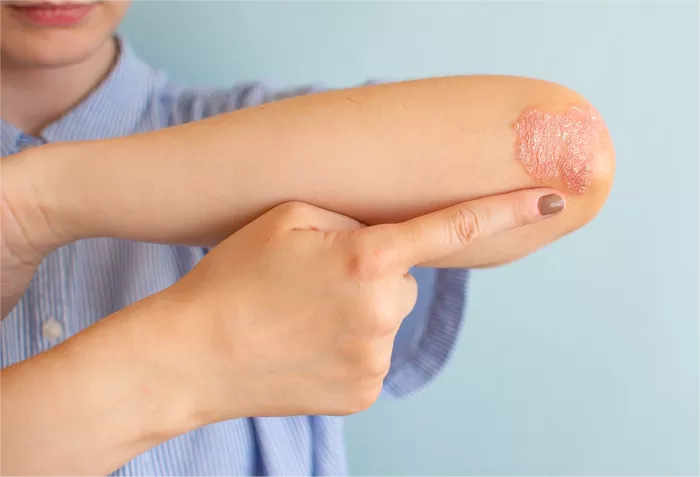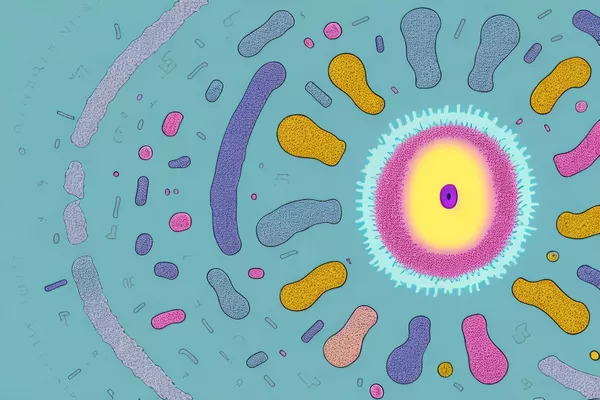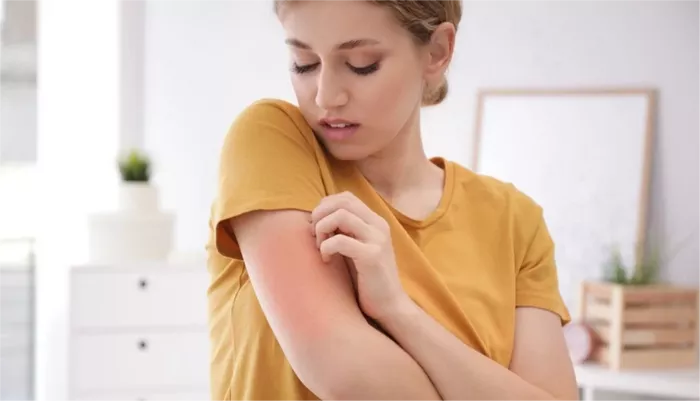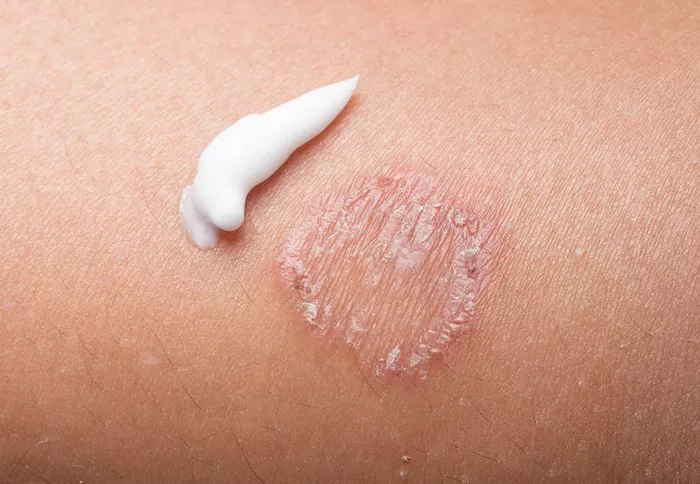Buni, commonly referred to as ringworm, is a fungal skin infection that affects the outer layer of the skin, causing redness, itching, and scaly patches. It’s called “ringworm” because it often appears in a ring-like shape, but it has nothing to do with worms. The infection can occur anywhere on the body, including the scalp, feet (athlete’s foot), groin (jock itch), or other areas of the skin. Fortunately, there are various treatments available for buni, and in this article, we will cover the best medicines to treat it effectively.
Understanding Buni: What Is It?
Buni is caused by a type of fungus known as dermatophytes. These fungi thrive on keratin, a protein found in the skin, hair, and nails. When dermatophytes infect the skin, they lead to inflammation, itching, and the characteristic ring-shaped rash.
The infection is highly contagious and can spread through direct skin-to-skin contact or by touching contaminated objects, such as towels, clothing, or even furniture. In some cases, buni can be contracted from pets, as animals like cats and dogs can carry the fungi.
Symptoms of Buni
Common symptoms of buni include:
Red, scaly patches: The rash typically appears in a ring shape with raised edges and clear skin in the center.
Itching: A common sign of infection, itching may worsen as the infection spreads.
Inflammation: The affected area might become swollen and tender.
Blisters: Sometimes, small blisters or pustules form within the rash.
Types of Buni
There are several different types of buni, based on the area of the body affected. The most common types include:
Tinea corporis: Affects the body (commonly referred to as ringworm).
Tinea pedis: Known as athlete’s foot, this affects the feet.
Tinea cruris: Commonly called jock itch, it affects the groin area.
Tinea capitis: Affects the scalp, leading to hair loss and scarring.
Tinea unguium: Also known as nail fungus, it affects the nails, causing discoloration and thickening.
Best Medicines for Buni
There are two main categories of treatments for buni: topical (applied directly to the skin) and oral (taken by mouth). The best medicine depends on the severity of the infection, the type of buni, and the area affected.
1. Topical Antifungal Medications
Topical antifungal treatments are often the first line of defense for mild to moderate buni infections. These are available over the counter (OTC) and by prescription, depending on the strength and the specific medication.
Clotrimazole (Lotrimin): Clotrimazole is an over-the-counter antifungal cream that works by stopping the growth of fungi. It is commonly used to treat tinea corporis (ringworm), tinea cruris (jock itch), and tinea pedis (athlete’s foot).
How to Use:
- Clean and dry the affected area before applying the cream.
- Apply a thin layer of clotrimazole twice daily for 2 to 4 weeks or until the infection clears.
Terbinafine (Lamisil)” Terbinafine is another popular topical antifungal cream. It is effective against a variety of dermatophyte fungi, including those that cause buni. Terbinafine works by disrupting the cell membranes of fungi, causing them to die.
How to Use:
- Clean and dry the area before application.
- Apply terbinafine to the affected skin once or twice daily for 1 to 2 weeks.
Miconazole (Monistat, Micatin): Miconazole is available in both cream and powder form and is highly effective in treating fungal skin infections. It works by inhibiting the growth of fungi and is commonly used for treating tinea corporis and athlete’s foot.
How to Use:
- Apply miconazole to the infected area twice daily.
- Continue using the cream for up to 4 weeks, even if symptoms improve before then, to ensure the infection is fully eradicated.
Ketoconazole (Nizoral): Ketoconazole is a prescription-strength antifungal cream that is highly effective against buni infections. It is often used for more stubborn or widespread infections. Ketoconazole works by interfering with the fungus’s ability to produce essential molecules needed for survival.
How to Use:
- Apply the cream to the infected area once or twice a day as directed by your healthcare provider.
- Continue using the medication for 2 to 4 weeks, even if symptoms improve earlier.
2. Oral Antifungal Medications
For more severe cases of buni, or when the infection affects larger areas of the body or the scalp, oral antifungal medications may be necessary. These medications are usually prescribed by a doctor.
Terbinafine (Lamisil): Terbinafine is also available in oral form. It is often prescribed for treating widespread fungal infections like tinea corporis, tinea cruris, and tinea capitis. Oral terbinafine works by traveling through the bloodstream to reach the site of the infection.
How to Use:
- Terbinafine is typically taken once a day for 2 to 4 weeks, depending on the severity and location of the infection.
- Your doctor will determine the appropriate dosage based on the type of infection and your health status.
Itraconazole (Sporanox): Itraconazole is an oral antifungal that is effective against a broad range of fungi, including the dermatophytes that cause buni. It is typically used for treating more severe or persistent infections.
How to Use:
- Itraconazole is usually taken once or twice a day for several weeks.
- Your doctor will provide specific instructions on dosage based on the severity of the infection.
Fluconazole (Diflucan): Fluconazole is another oral antifungal medication commonly used for treating fungal infections. It is effective against dermatophyte infections, including ringworm, jock itch, and athlete’s foot. Fluconazole can be taken in a single dose for certain infections, though longer courses may be needed for more widespread or persistent cases.
How to Use:
- Fluconazole is typically taken once a day.
- The dosage and duration of treatment will depend on the location and severity of the infection.
3. Natural Remedies for Buni
In addition to conventional treatments, there are several natural remedies that may help alleviate symptoms of buni and support healing. These remedies can be used in conjunction with antifungal medications but should not replace professional medical treatment.
Tea Tree Oil: Tea tree oil has natural antifungal and antiseptic properties that can help treat buni infections. It is especially effective for mild to moderate infections. Tea tree oil should always be diluted with a carrier oil, such as coconut oil, before applying to the skin.
How to Use:
- Mix a few drops of tea tree oil with a carrier oil.
- Apply the mixture to the affected area 2 to 3 times a day.
- Do not apply undiluted tea tree oil directly to the skin as it can cause irritation.
Garlic: Garlic has antifungal properties that may help combat the fungi responsible for buni. You can apply crushed garlic directly to the affected area or use garlic oil.
How to Use:
- Crush a few garlic cloves and apply the paste to the infected skin.
- Leave it on for about 30 minutes, then wash it off.
- Repeat this process daily.
Apple Cider Vinegar: Apple cider vinegar is another natural remedy that can help kill the fungi causing buni. It has antifungal and antimicrobial properties that may speed up recovery.
How to Use:
- Soak a cotton ball in undiluted apple cider vinegar.
- Apply it directly to the affected area once or twice a day.
Preventing Buni: Tips for Avoiding Re-infection
While medications are effective in treating buni, prevention is key to avoiding future infections. Here are some tips to help prevent the spread of buni and reduce the risk of re-infection:
Keep your skin clean and dry: Fungi thrive in warm, moist environments, so it’s important to keep your skin dry, especially in areas like the feet and groin.
Avoid sharing personal items: Do not share towels, clothing, or other personal items with others, as this can spread the infection.
Wear breathable clothing: Opt for loose-fitting clothing made of natural fibers like cotton, which allow your skin to breathe and stay dry.
Disinfect shared spaces: If you use public showers or locker rooms, wear sandals and disinfect your shoes and personal items regularly.
Conclusion
Buni is a treatable fungal skin infection, and the best medicine depends on the type and severity of the infection. For mild cases, over-the-counter topical antifungal creams like clotrimazole and terbinafine are highly effective. For more severe or widespread infections, oral medications like terbinafine, itraconazole, and fluconazole may be required.
In addition to medical treatments, natural remedies like tea tree oil, garlic, and apple cider vinegar may provide additional relief. If you have a persistent or severe case of buni, it’s important to consult a healthcare professional for personalized treatment recommendations.
By following proper treatment protocols and practicing good hygiene, you can effectively manage buni and prevent future infections.
Related topics:

























